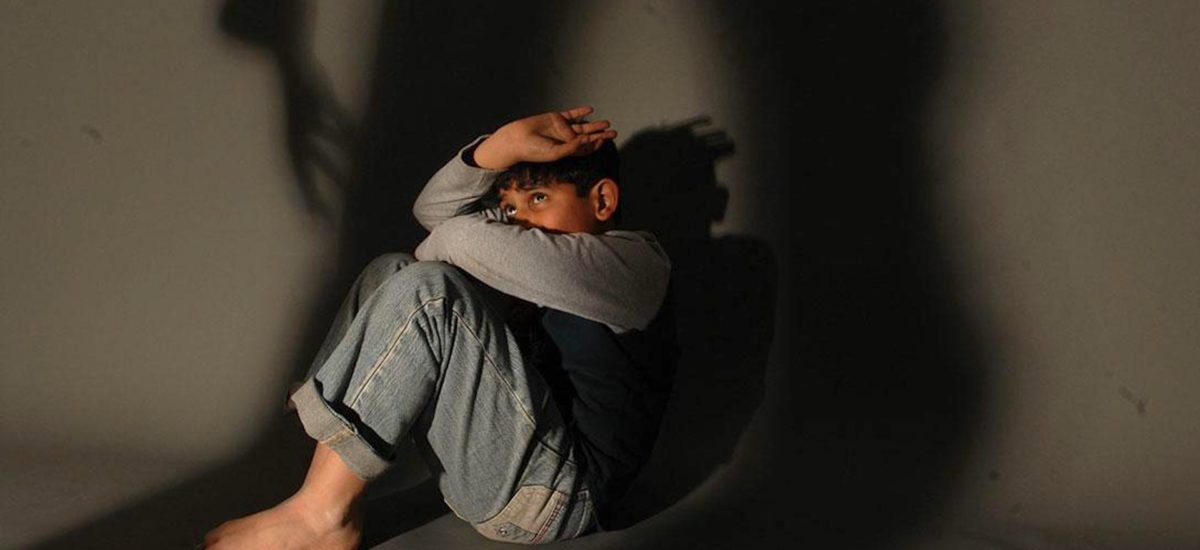Photo courtesy of India Today
Child sexual abuse and exploitation have been ongoing issues in Sri Lanka for many years and the numbers continue to rise each year. There were 11,187 cases of child abuse reported in 2021, which is a significant increase from the previous year’s 8,165 cases. In 2022, the number of reported cases was 10,497. However, these statistics may not accurately represent the actual extent of the problem because many cases go unreported due to fear of social stigma and retaliation.
Girls are often the most vulnerable to sexual abuse and exploitation with over 60% of reported cases involving female children. The age group most affected is between 11 to 15 years old, accounting for nearly 50% of the reported cases. These numbers are deeply concerning and something needs to be done to protect children from such atrocities.
The Western Province had the highest number of reported cases of child sexual abuse followed by the Southern Province and the Central Province. These regions have a high population density and poverty is widespread, making children vulnerable to abuse and exploitation. Unfortunately, the COVID-19 pandemic has only worsened the issue with a significant increase in incidents of online child sexual abuse and exploitation from 322 incidents in 2020 to 812 incidents in 2021.
The government needs to adopt a comprehensive and multi-pronged approach that includes strengthening laws on child protection, implementing strict regulations that protect children from all forms of abuse and exploitation and ensuring that perpetrators are held accountable for their actions. The government must also work towards increasing penalties for those who violate these laws to serve as a deterrent to potential offenders. The government must seriously consider developing victim-centered policies and practices. This should involve paying attention to victims, refraining from re-victimization, re-traumatizing them and systematically focusing on their safety, rights, well-being and expressed needs.
It is crucial to provide survivors of child abuse with access to counseling, therapy and medical care; they often experience depression, anxiety, Post Traumatic Stress Disorder, addiction and other mental health issues. They need appropriate care and support to aid in their recovery and healing.
There must be increased awareness among parents, teachers and caregivers on how to identify signs of abuse and how to report it. The school administration and civil society organizations can play a vital role in raising awareness. The awareness and education programs must include the importance of safeguarding children’s rights and the negative impacts of child abuse. The government should prioritize training professionals who work closely with children such as teachers, social workers and healthcare providers, so they can recognize and report cases of abuse.
Family members, teachers and religious leaders are among the criminals who have done wrong to children under their care. Sex education is a protective measure against child abuse. Why is there reluctance from the authorities to introduce age-appropriate sex education in primary schools? This will also deter teachers who are targeting innocent children.
Investing in public education and awareness campaigns can create a safe and nurturing environment for children. The campaigns should educate the public on the negative impacts of child abuse and the importance of safeguarding children’s rights. Parents should know how to teach their children about good touch and bad touch and how to report incidents of abuse. These campaigns will go a long way in creating a safer environment for children.
The government must provide the necessary resources and support to agencies and organizations that are working to prevent child abuse and exploitation. These organizations play a critical role in identifying cases of abuse, providing support and assistance to survivors and raising awareness. They need resources and support to continue their work.
The root causes of child abuse and exploitation must be addressed. Poverty, lack of education among parents, mothers’ migration to foreign countries for employment and unemployment are significant factors that contribute to the vulnerability of children. The government must address these issues and provide equal opportunities for all children. When poverty alleviation programs are implemented, the priority should go to the families that are most vulnerable and have many children.
Communities must be involved in the fight against child abuse and exploitation since they can play a vital role in preventing child abuse and exploitation by creating a safe and nurturing environment. Educating communities helps to raise awareness and the need to take action to prevent child abuse. People will learn how to identify signs of abuse and how to report it. It also helps to create a culture of accountability where everyone is responsible for the safety and protection of children.
Communities should be encouraged to take an active role in preventing child abuse and exploitation by reporting incidents they come across, supporting survivors of abuse and advocating for policies and laws that protect children. There must be safe spaces where children can feel secure and protected, and communities can help to create these spaces. By working together, communities can create a network of support for children and affected families. They can reduce the risk of abuse by addressing underlying issues such as poverty, lack of education and social inequality.
The increase in child sexual abuse cases is a pressing issue that demands immediate attention. It must be addressed urgently through a multifaceted approach that involves all stakeholders in the community. It is crucial for the government to prioritize this issue and take concrete steps to protect children from harm.
The author is the Senior Project Office of PEaCE ECPAT Sri Lanka

